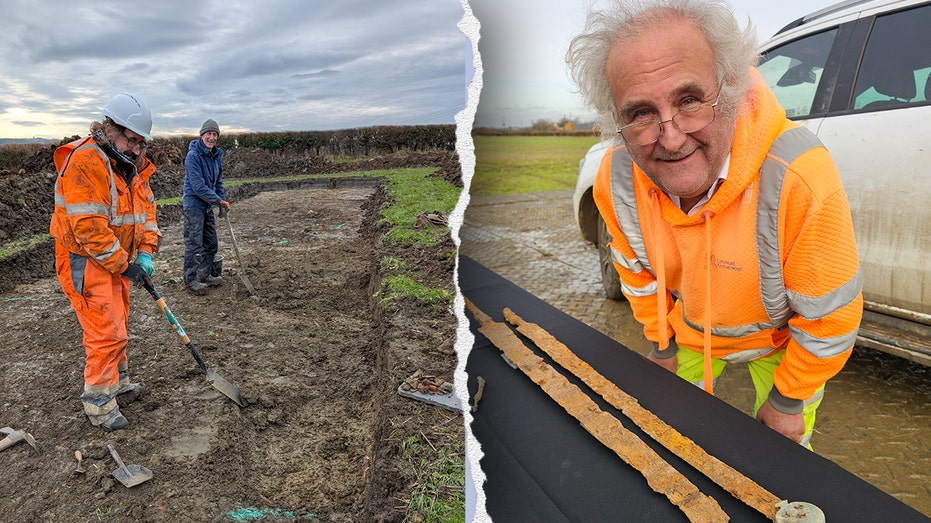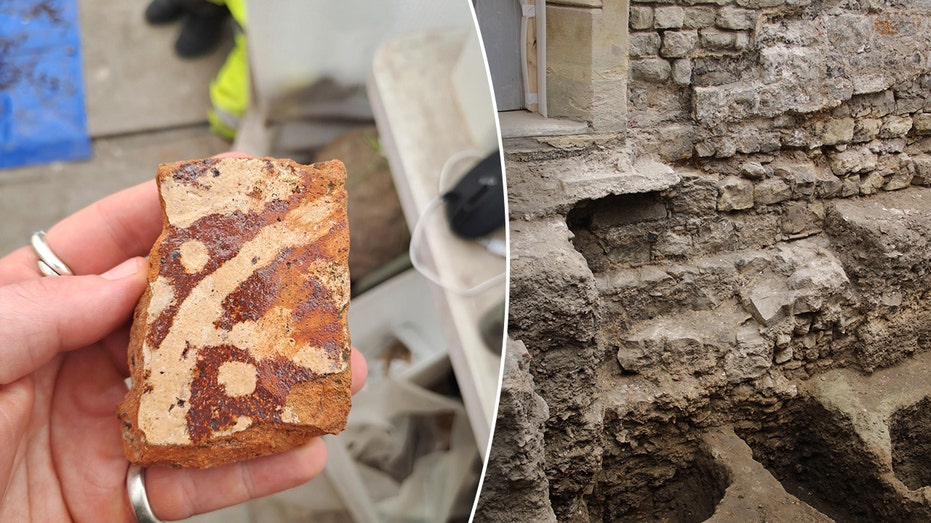Is the Garden of Eden Actually Next to the Pyramids? Bold New Theory Plants Its Flag in Giza

Sarah Johnson
April 25, 2025
Brief
A new theory proposes the biblical Garden of Eden was near Egypt's Great Pyramid of Giza, challenging traditional Mesopotamian locations with ancient maps and creative interpretations.
Move over, Mesopotamia—a new contender has entered the chat for the true location of the Garden of Eden, and it’s about as unexpected as a camel on a surfboard. According to computer engineering researcher Konstantin Borisov, Ph.D., the legendary biblical paradise wasn’t lost somewhere in Iraq’s marshes but is actually right near the Great Pyramid of Giza. Yes, that Giza—the one with all the tourists and selfie sticks.
Borisov’s theory, laid out in the journal Archaeological Discovery, is a deep dive into ancient texts, biblical geography, and, apparently, creative map reading. While most scholars stick to the classic Genesis narrative (with the Tigris and Euphrates rivers pointing firmly toward Iraq), Borisov argues that the mysterious Gihon River is actually the Nile. He’s not alone in this—he’s in the historical company of Flavius Josephus, who also liked the Nile for Gihon. Borisov claims that a reconstructed world map from 500 B.C. shows four major rivers—Nile, Tigris, Euphrates, and Indus—emerging from the primordial ‘Oceanus’ and that this setup leads us straight to Egypt’s most famous landmark.
He goes further, suggesting the Great Pyramid of Giza was built near the spot of the fabled Tree of Eternal Life. According to his research, a simulated electrical blast inside the pyramid’s King’s Chamber creates a tree-like electric pattern—because nothing says “paradise” quite like a granite-powered lightning show. Borisov asserts, "Given that the Great Pyramid features a pyramid shape and granite beams, it distinctly positions the Great Pyramid as the only structure in the world capable of producing the image seen in Figure 8." (Unfortunately, Figure 8 remains a mystery for most readers.)
The pyramid also gets the “sacred mountain” treatment; Borisov cites traditions from cultures far and wide that believed the world’s holy mountain was home to the tree of life. In his words: "This discussion ultimately leads to the conclusion that the sacred mount, where the tree of life is said to reside, can only be the Great Pyramid of Giza." If you’re starting to imagine Adam and Eve dodging tour groups while searching for apples, you’re not alone.
But here’s the kicker: Borisov suggests the pyramid’s legendary durability is basically the physical embodiment of the immortality God gave Adam. He even theorizes that the Genesis story of Adam living 930 years could be a metaphor for the pyramid’s own longevity—though, as he notes, the pyramid may have "ceased to fulfill its primary function or failed," which sounds like a rough performance review for a 4,500-year-old monument.
Despite Borisov’s ambitious claims, most biblical scholars aren’t budging from their time-tested favorite: the southern marshes of Iraq, right where the Tigris and Euphrates still flow. But if you’re planning a trip to Egypt, maybe bring some figs—just in case you stumble across something Edenic among the pyramids.
Topics
Editor's Comments
Honestly, if the Garden of Eden was right next to the Great Pyramid, I guess Adam and Eve had a better shot at getting their steps in—nothing like a little cardio between bites of forbidden fruit. At this rate, the only thing left is someone claiming the Sphinx was actually Eve's pet cat.
Like this article? Share it with your friends!
If you find this article interesting, feel free to share it with your friends!
Thank you for your support! Sharing is the greatest encouragement for us.



